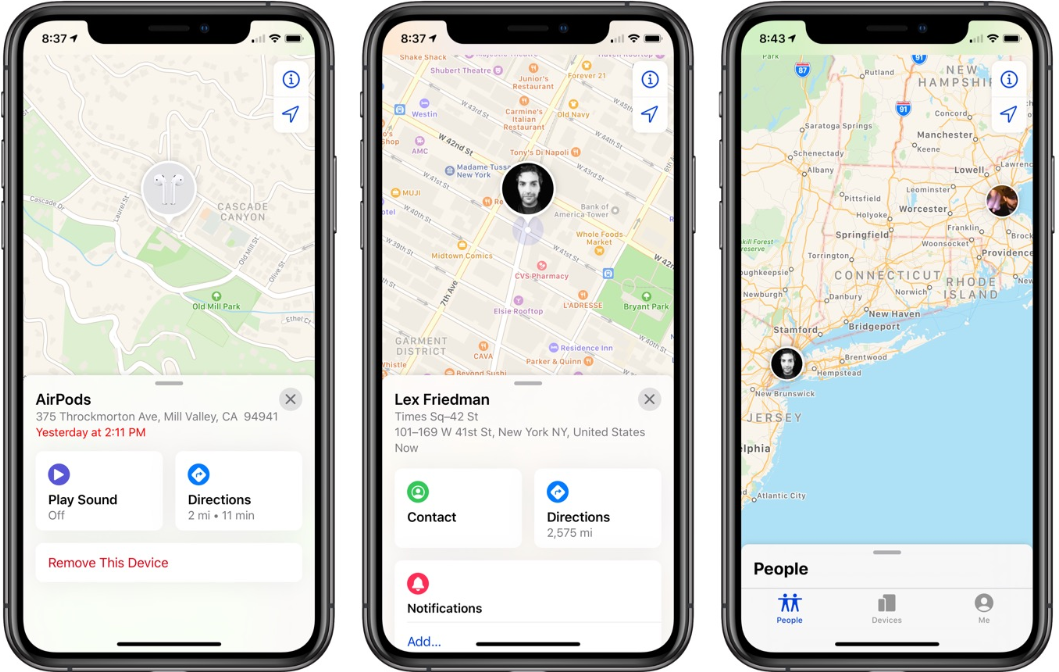Comprehensive Guide to Cybersecurity & Privacy: Protecting Your Digital Life in 2024

INTRO
In today’s world, your personal and business data are more important than ever. Cyber threats are growing fast, and data breaches happen all the time. Hackers target everything from your bank account to big company servers. The goal of this guide is simple: help you understand how to protect your online information and stay safe in 2024. Whether it’s securing your home Wi-Fi or managing huge company data, these tips will help you keep your digital life safe Cybersecurity & Privacy.
Understanding Cybersecurity and Privacy
What Is Cybersecurity?
Cybersecurity means protecting computers, networks, and data from attackers. It covers hardware, software, and anything connected online. The goal? Keep hackers, viruses, and other threats away from your digital info. Think of cybersecurity like locking your house and alarm systems for online spaces.
What Is Privacy in the Digital Age?
Online privacy is about controlling what information you share and how it’s used. It’s your right to keep your personal data safe from outsiders. With so much of our lives on the internet, protecting privacy is just as important as cybersecurity.
Why Cybersecurity and Privacy Matter in 2024
Cybercrime is rising fast. Reports from the FBI say cyber attacks increased by over 300% in recent years. Big data breaches hurt consumers and cost companies millions. You need to know how to block hackers and control your privacy better to stay safe in today’s digital world.
Common Cyber Threats and Risks
Types of Cyber Attacks
- Phishing and spear-phishing: Fake emails that trick you into sharing sensitive info.
- Ransomware attacks: Malware that locks your data until you pay a ransom.
- Distributed Denial of Service (DDoS): Overloading websites causing downtime.
- Insider threats: Employees or trusted users with malicious intent.
Current Cybersecurity Challenges
- New forms of malware that adapt quickly.
- Weak points in supply chains.
- Risks from Internet of Things (IoT) devices like smart home gadgets.
Notable Data Breaches and Case Studies
- Equifax (2017): Over 147 million records stolen.
- Marriott (2018): Data of 500 million customers leaked.
- Capital One (2019): Sensitive data exposed for over 100 million accounts.
These events teach us to strengthen defenses and be extra cautious with data.
Essential Cybersecurity Best Practices
Strong Passwords and Multi-Factor Authentication
Create passwords with a mix of letters, numbers, and symbols. Avoid common words or personal info. Use MFA whenever possible. For example, combine your password with a code sent to your phone.
Regular Software Updates and Patches
Keep your devices updated. Updates fix security flaws that hackers might exploit. Use auto-update features to stay current without hassle.
Backup Strategies and Data Recovery
Back up important files often. Use cloud storage or external drives. If attacked, you can restore data quickly and avoid losing everything.
Employee and User Education
Teach yourself and your team how to spot phishing emails and social engineering tricks. Building a security-aware culture reduces risks significantly.
Protecting Privacy: Strategies and Tools
Using VPNs and Encrypted Communications
A VPN hides your IP address and encrypts your internet connection. Trusted VPN providers like NordVPN or ExpressVPN make browsing safer. Use encrypted messaging apps such as Signal or WhatsApp for private chats.
Managing Digital Footprints
Limit what you share online. Change privacy settings on social media apps to control who sees your info. Think before posting about your location, routines, or personal details.
Data Privacy Laws and Regulations
Laws like GDPR and CCPA protect your data rights. These regulations require companies to handle your data with care. Staying informed helps you know what companies can and can’t do with your info.
Privacy-First Technologies
Use browsers like Firefox or Brave that prioritize privacy. Search engines like DuckDuckGo don’t track you. End-to-end encrypted apps ensure your messages stay private.
Cybersecurity for Businesses and Organizations
Developing a Robust Cybersecurity Policy
Create rules on how to handle data securely. Include steps to follow during and after a cyber incident. Plan how to respond fast if attacked.
Security Technologies for Enterprises
Deploy firewalls, intrusion detection systems, and endpoint security tools. Use cloud security solutions to protect remote work systems.
Employee Training and Awareness
Hold regular training sessions. Teach staff how to recognize threats. Promote a culture where security is everyone’s responsibility.
Regulatory Compliance and Data Governance
Make sure your business follows laws like GDPR or CCPA. Classify data carefully and restrict access to sensitive info.
Future Trends in Cybersecurity & Privacy
Emerging Technologies
AI and machine learning are helping detect threats faster. Blockchain offers new ways to secure data and verify identities.
Evolving Threat Landscape
Hackers become more sophisticated. IoT devices, like smart thermostats or security cameras, face bigger hacking risks.
Building a Resilient Digital Future
Governments and international groups are working together. Continued innovation and training are essential for staying ahead of cybercriminals.
Conclusion
In 2024, protecting your digital life is more crucial than ever. Use strong passwords, back up your data, and stay current on security tools. Keep learning about new threats and laws that impact your privacy. A secure online environment starts with simple steps—stay one step ahead and stay safe.
Key Takeaways
- Use strong passwords and enable multi-factor authentication.
- Keep your software updated and back up your data regularly.
- Educate yourself and others about common cyber threats.
- Use privacy tools like VPNs and secure messaging apps.
- Stay aware of new threats and data privacy laws.
Additional Resources and References
- NIST Cybersecurity Framework
- Best cybersecurity tools and software
- GDPR official site
- California Consumer Privacy Act (CCPA)
- Cybersecurity & Infrastructure Security Agency (CISA)
Maintaining your cybersecurity and privacy today is a continuous process. Stay alert, stay informed, and take action now to safeguard your digital life.






